San Leandro’s James Baldwin Academy is home to students needing special assistance. Thanks to Kaiser Permanente and employee volunteers, they just got a whole lot more. Pictured, volunteers Chenoa Narcisse and Bri Dinoso.
Heading back to school evokes images of lunchboxes, new shoes, and school supplies.
But for the approximately 80 students at James Baldwin Academy in San Leandro, it also means a new place on campus to regroup and relax.
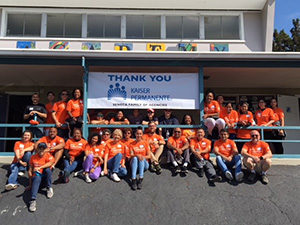
That’s due to a $25,000 sponsorship from Kaiser Permanente for materials and equipment, as well as 30 employee volunteers at the school site on Aug. 16. By day’s end they had created an entire suite of rooms to help the students with sensory integration disorders.
“Sensory issues are tied to a whole host of issues,” said Julia Bantimba, the school’s occupational therapist, who chose the equipment for the room. “While some of our kids are on the autism spectrum, for most, the primary diagnoses are things like depression, traumatic stress disorder, attachment disorder, and learning disorders, including ADD. About 90 percent of them have had someone do something to them. Our kids’ sensitivities impact their learning every day, all day long.”
‘Unconditional’ Care
James Baldwin Academy is a nonpublic school run by Seneca Family of Agencies, which provides “unconditional” care at different campuses throughout 12 California counties.
Students are referred to the James Baldwin Academy by nearby public schools unable to provide the personalized care needed. The goal is to integrate the students, currently ages 8 to 20, back into public school or a vocation. The “unconditional” part means that the students are accepted as they are and can stay on campus no matter how severe their symptoms or behaviors.
Most have difficulty with sensory integration, which is the process by which we receive information through our senses, organize the information, and use it to participate in everyday activities. With this kind of disorder, the brain has trouble receiving and responding to the information that comes in through the senses.
This may result in sensitivity to noise, light, and touch, for example. Students may hide, run around, or have toileting issues — which is all okay at the academy, where teachers and staff members are highly trained and educated in special education.
The multi-sensory room built by the volunteers is interactive, so children who have felt like they can’t control their lives or bodies get some of that power back. “The idea is that we are giving the kids as much or as little input as they need,” Bantimba explained.
A Hugging Daybed; Essential Oils
Kaiser Permanente employees Bri Dinoso and Chenoa Narcisse spent their day on the 16th, painting and unpacking materials in the sensory room.
The two put together a cushy daybed for students to feel safe. Sinking into it is like being hugged within the comforts of its deep folds.
Other volunteers assembled a large ball pit for students feeling under-stimulated. A visual tube with bubbles is designed to calm. Cotton balls steeped in chamomile revive, and lavender soothes.
Dinoso works in Kaiser Permanente’s Medicare Operations, while Narcisse is with Customer Analytics and Reporting.
“Working with kids is near and dear to me,” said Dinoso, a mother. “It’s inspiring to be able to give back to kids and those who are not usually able to advocate for themselves.”
“This is a volunteer opportunity that really speaks to the heart of the mission about creating healthier communities,” added Venus Ke, Community and Government Relations representative. “This project is really about embracing and focusing on the mental health and well-being of these students.”
“I don’t know if people know how rare it is to have a room like this,” said Bantimba, surveying the completed sensory suite. “We’re going to be a one-of-a-kind school now. I have goosebumps.”
Learn more about Seneca Family of Agencies. You can volunteer with Kaiser Permanente in the community, too. Visit KP Cares today.
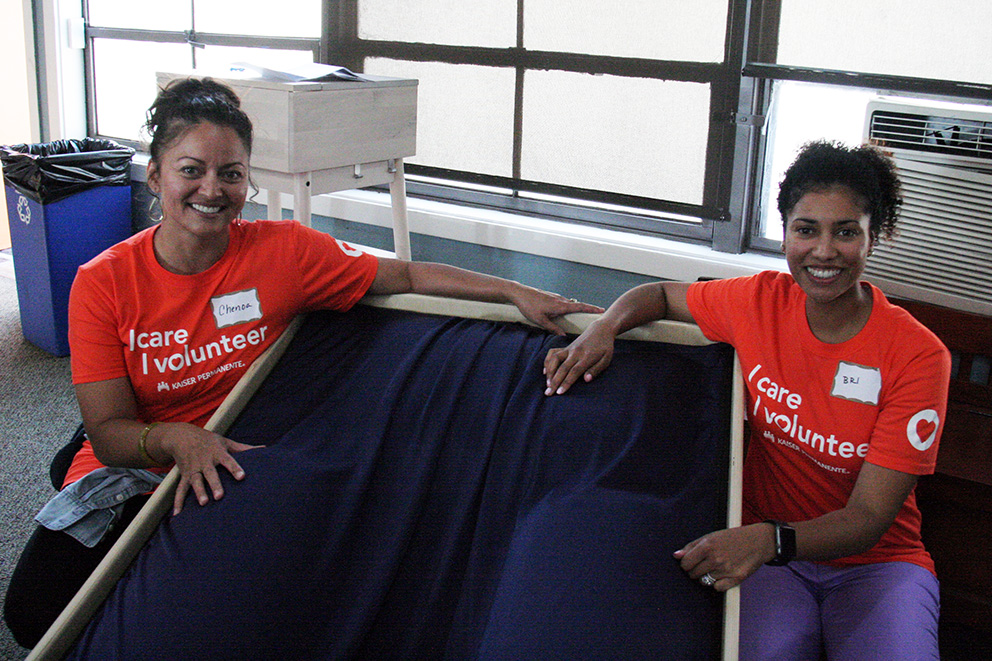
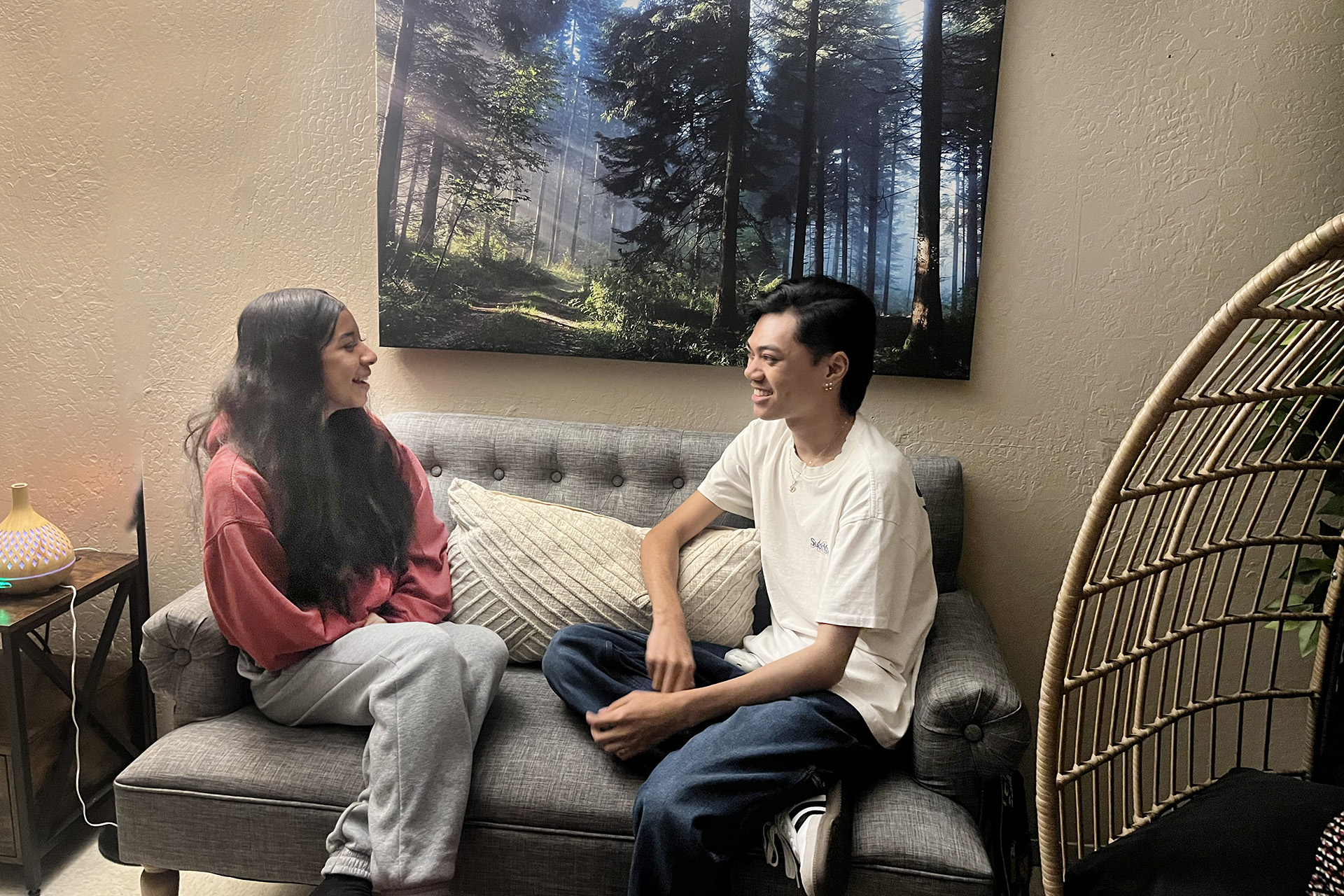
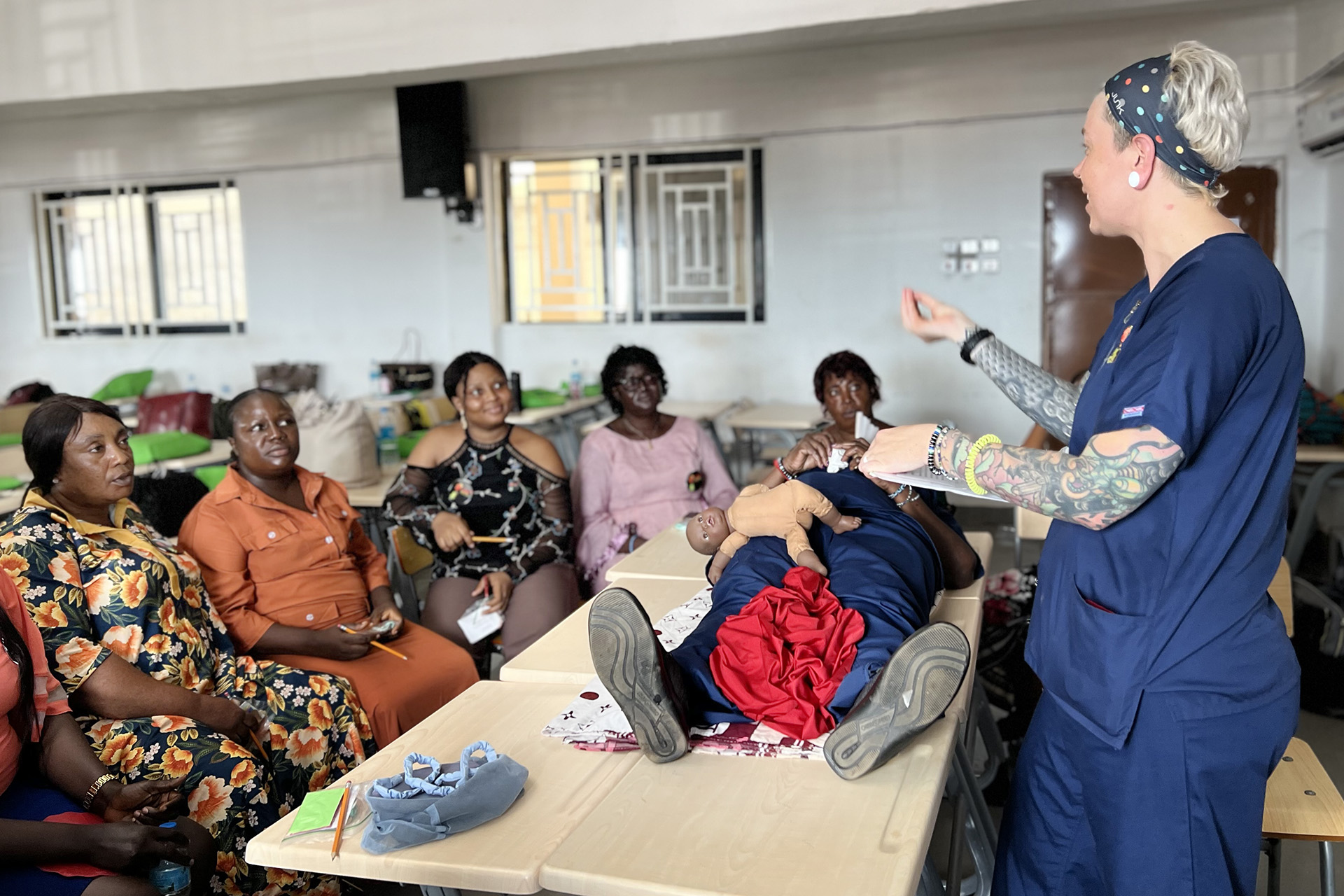
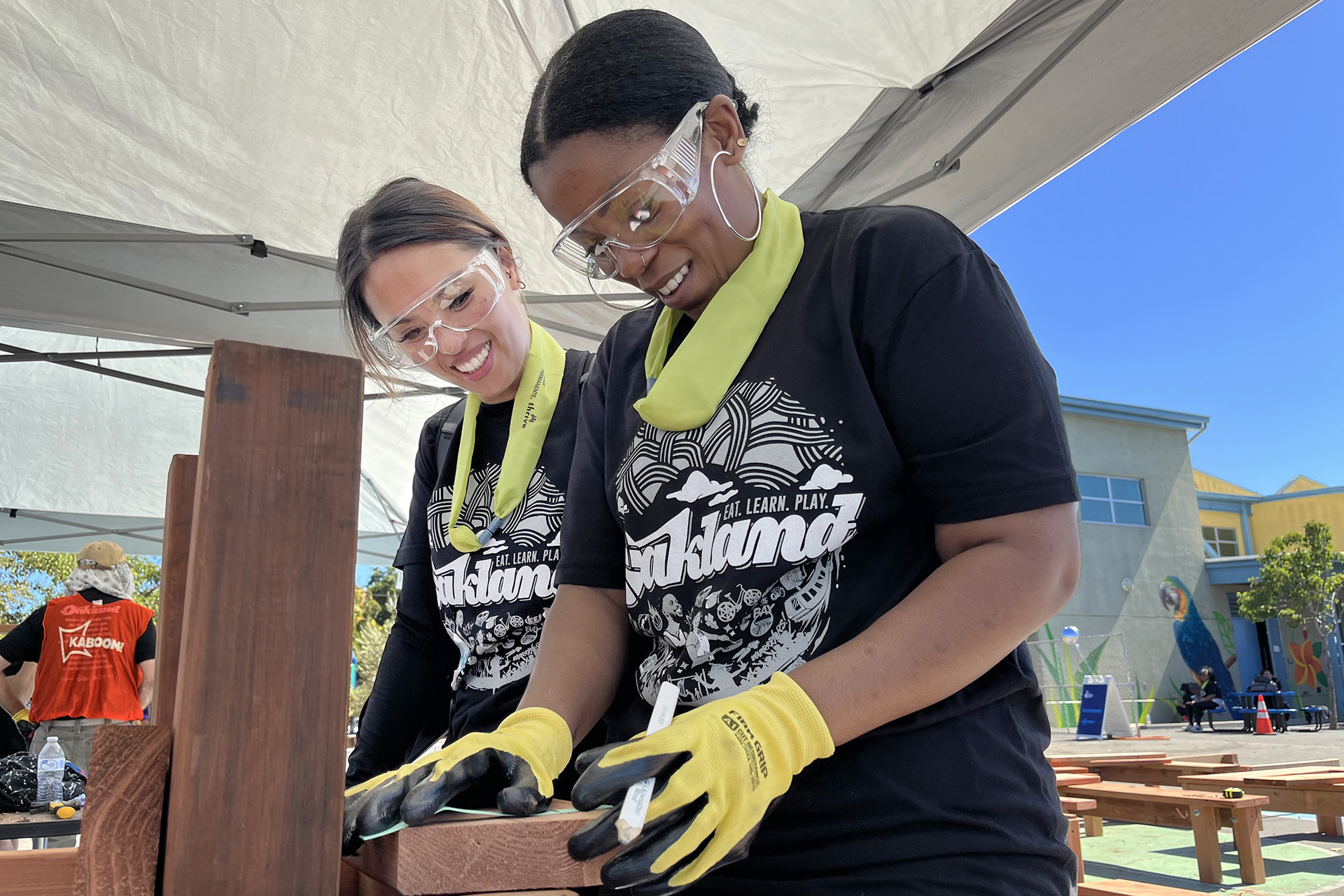

This Post Has 6 Comments
I’ve worked with several students who have attended James Baldwin. This school works with students no one else will … I appreciate Kaiser partnering with the school to enhance student experience and provide much needed resources. Let’s make this an annual partnership!
Wow, where was the chamomile steep cotton balls when I went to school. I think MM needs to got to school in San Leandro…:-)
Love
LHM
I am also a parent of a child with special needs which includes sensory. A sensory suite is AMAZING, truly meeting the child/person on their level to meet their needs! Rare indeed.
My hope is that is grows from just a room and more to typical than rare.
This is amazing on so many levels I hope it is sustainable.
As a parent of children with special needs, I witnessed the removal of a sensory room at my son’s school by a new principal who systematically reduced services and effectively drove special needs families to other schools. It is so great to see Kaiser Permanente supporting a school that is embracing these students unconditionally. And a huge thanks to Lynn Mundell for writing such a clear and thoughtful article about sensory integration disorders. It can be very difficult to explain why our kids react (or fail to react) to various stimuli, and you nailed it!
Thank you so much, Pete. Coincidentally, it is a topic I have some history with and a real passion for. I really appreciate your reading and comments. Best wishes, Lynn
So amazing to have such a outlet/school that caters to all!